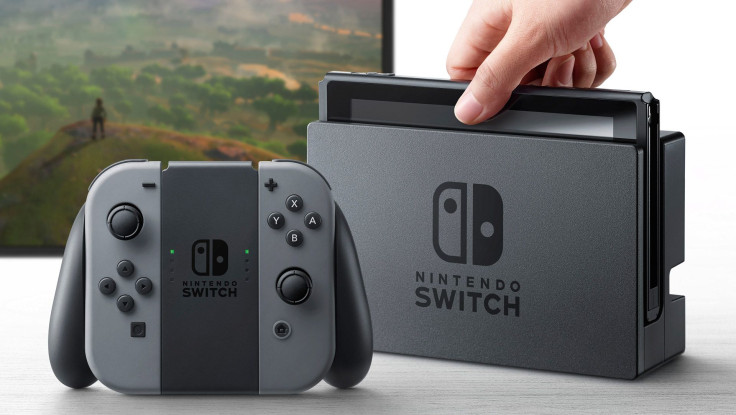Nintendo Switch is inevitably going to be compared to PS4 and Xbox One whether its maker wants to admit it or not. That being said, there are plenty of ways 2017’s portable hybrid could easily be a better system than its more established competitors. Weaker specs aside, here are five distinct advantages to make note of.
1) The Portable Third-Party Perk: Third-party support for the Nintendo Switch looks a bit murky right now, but, if that questionable future ends up favoring the console, it could pay off in huge ways. The Switch’s portability is probably its biggest draw, but imagine if it had a massive games library to back that up?
Let’s say, for example, that Square Enix games like Final Fantasy 7 Remake or Kingdom Hearts 3 are announced for Switch in addition to PS4 and Xbox One. Sure the visuals may look a bit worse on Nintendo’s machine, but isn’t the idea of taking those massive experiences on the go pretty attractive? That seamless portable transition is unique to Switch and that may help its multi-platform efforts flourish.
2) That Catalog Of Exclusives: Sony and Microsoft can spout all they want about their exclusive catalogs, but, from an IP value perspective, neither competitor can truly compete with historic brands like Super Mario, Zelda, and Pokémon. Portfolio has always been a Nintendo advantage, and, if managed correctly, it can be an element that brings Switch penetration to meteoric levels.
3) Variety In Control: PS4 and Xbox One thrive on the standard console-controller model popularized by Nintendo, but the Switch has quite a few alternatives up its sleeve. In addition to standard forms of input, the Joy-Con supports enhanced motion gaming. The Switch display also has multi-touch capability.

Those varied control schemes might muddle messaging enough to backfire, but they can also be a winning asset too. With those many options, Nintendo has the chance to cater the Switch to far more audiences than the Xbox One or PS4 ever could. Motion controls still have a vague appeal to casual and non-gamers, but, if that initiative doesn’t hit home, the Switch’s traditional setup can be embraced by hardcores. The versatility of the Joy-Con allows Switch to offer diverse software to an equally diverse customer base.
4) Instant Multiplayer: In that same train of thought, the Joy-Con is also symmetrically designed specifically so its two ends can be used as single remotes for instant multiplayer. Bringing that social dimension to PS4 and Xbox One requires an added cost. That’s not a huge deal, but it does encourage isolation to some degree.
The single Joy-Con approach may not be the most comfortable thing in the world, but it’s still a way to instantly get others involved with the Switch no matter who you are. That shareability can potentially translate to hardware sales. If you “share the Joy” with your passenger on a flight, they might be compelled to buy a Switch themselves. High hardware sales are good for every owner.
5) The Mobile Connection: An asset newly unique to Nintendo is its foot in the mobile market. While the hardware maker is only partially responsible for games like Pokémon Go and Pokémon Duel, other titles like Super Mario Run and Fire Emblem Heroes seem to be going down pretty well.
The mobile market is the biggest gaming market in the world, and neither Sony nor Microsoft can say they have any skin in that game yet. Just like Pokémon Go helped Pokémon Sun And Moon sell at record pace in the Americas, the same level awareness can benefit Switch and anything on it. With that many potential customers, there’s plenty of room for success.
Nintendo Switch releases March 3 for $299.
Do you think the Switch will come close to rivaling the success of the PS4 and Xbox One? Will these advantages outweigh its last-gen specs? Tell us in the comments section!



















